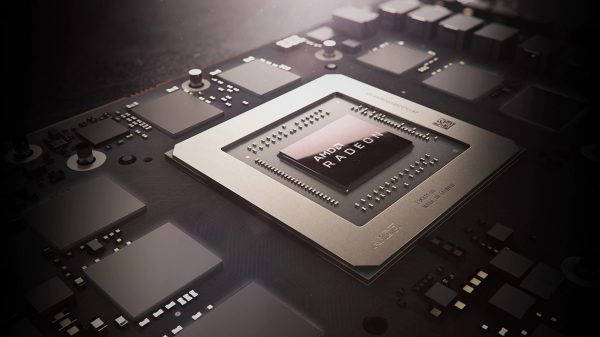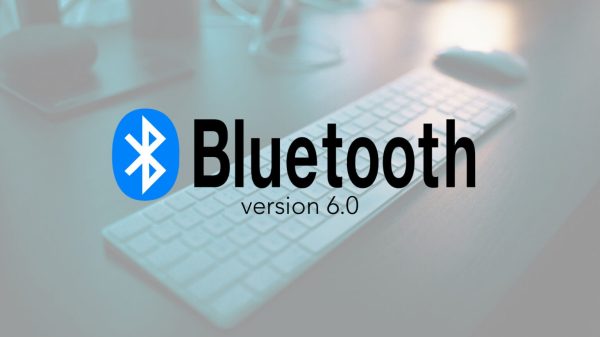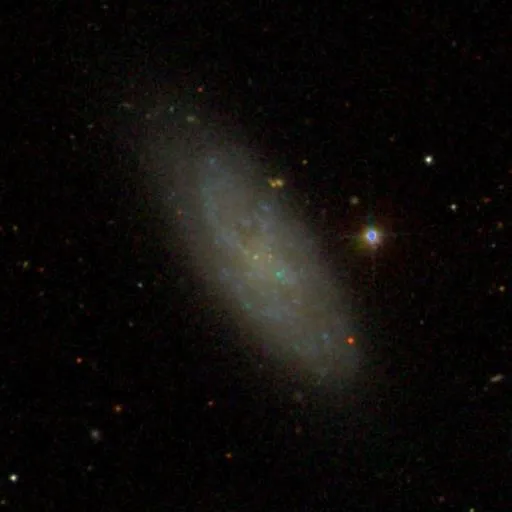The Hubble Space Telescope has captured a stunning new image of the galaxy IC 4633, partially obscured by a vast cloud of dust known as a dark nebula. The galaxy, located approximately 100 million light-years away in the constellation Apus, shines brightly and beautifully in the main part of the image, but the dark smudges of dust on the lower right-hand side block the light from this part of the galaxy.
To obtain a better look at this galaxy and the dark dust partially obscuring it, astronomers used data from both the Hubble Space Telescope’s Advanced Camera for Surveys (ACS) and the DECam instrument on the Víctor M. Blanco 4-meter Telescope, located in Chile. By combining these data, scientists can gain insight into the galaxy’s structure and composition, as well as the properties of the dark dust.
The galaxy IC 4633 is characterized as a spiral galaxy rich in star-forming activity, with a bright center known as an active galactic nucleus. Its orientation relative to Earth allows astronomers to see its elegant spiral shape, which is relatively symmetrical in spiral galaxies. The bottom-right part of the galaxy appears less bright and with fewer stars due to the obstruction by the dark dust.

A New Image of Galaxy IC 4633 Hidden by a Dark Nebula
The dark nebula blocking the view is part of a star-forming region called Chamaeleon, which is much closer to Earth at just 500 light-years away. These clouds of dust are often regarded as nothing more than an annoyance that hinders astronomical observations, but recent years have highlighted their significance in processes such as star formation.
When observed in the visible light spectrum, these clouds of dust appear dark and featureless, but they take on a new level of importance when viewed in the infrared wavelength. Instruments like those used on the James Webb Space Telescope can peer through layers of dust to reveal structures that would otherwise be invisible, such as concentric dust shells around stars or the swirls of dust in nearby galaxies.
This new image of galaxy IC 4633, partly hidden by a dark nebula, provides a unique opportunity for scientists to study the properties of this galaxy and the dark dust that obscures it. The combination of data from the Hubble Space Telescope and the DECam instrument has enabled astronomers to gain a more comprehensive understanding of the galaxy’s structure and composition, as well as the role of dark dust in the star-forming region of Chamaeleon.









































